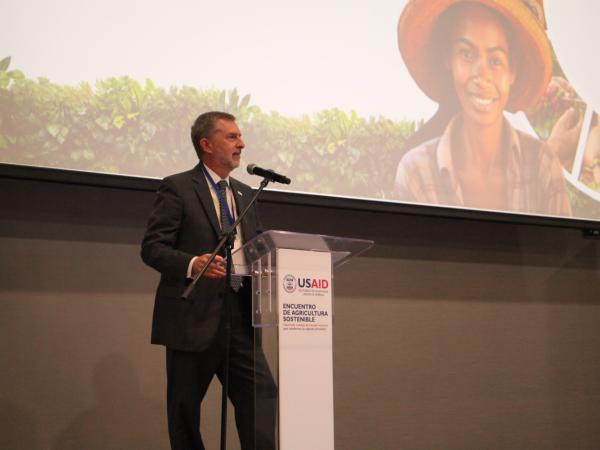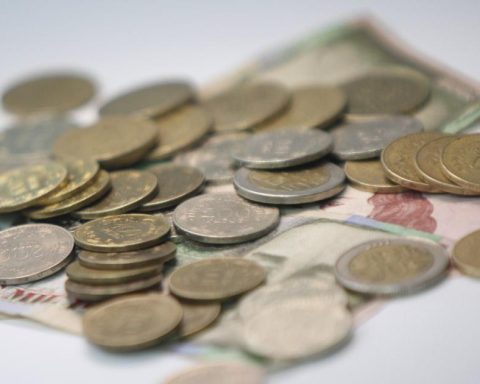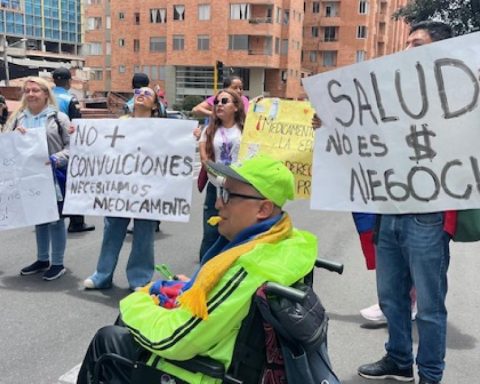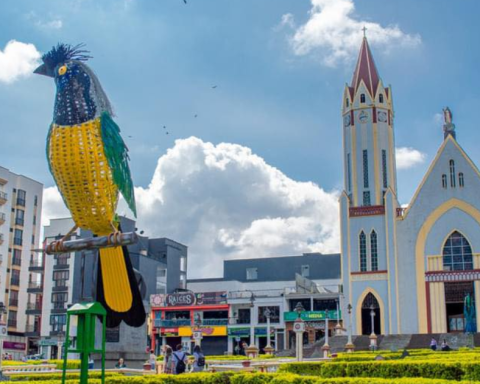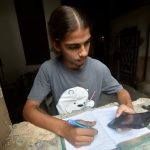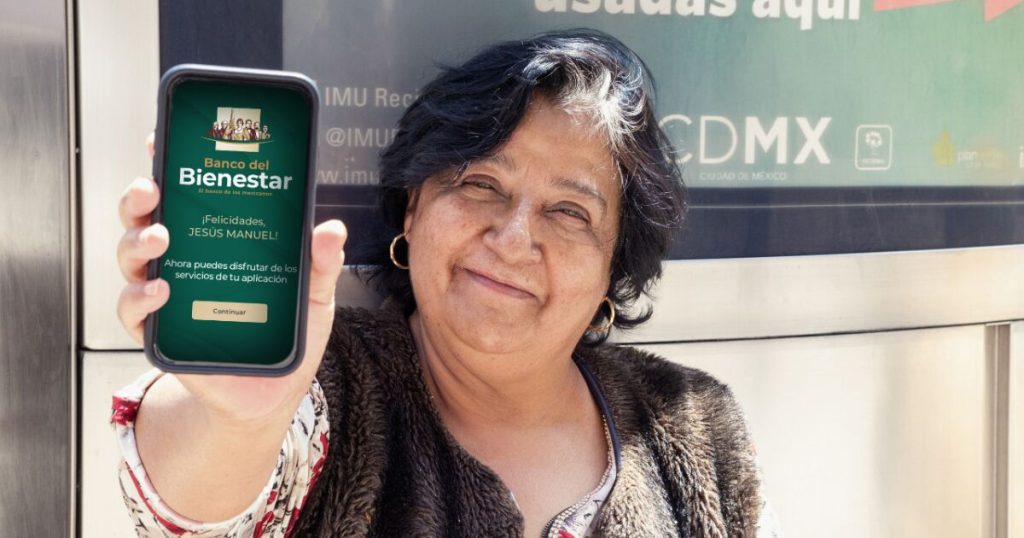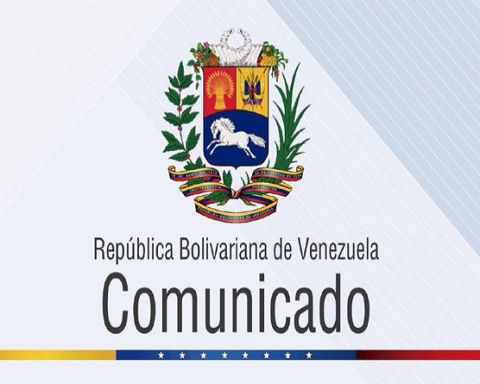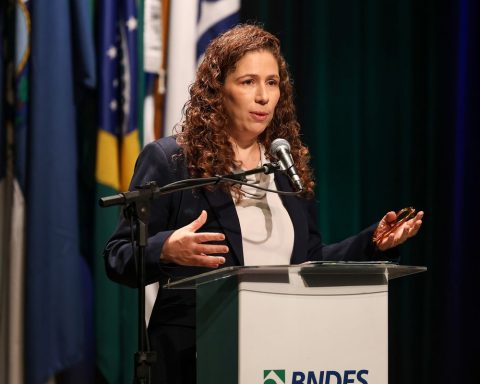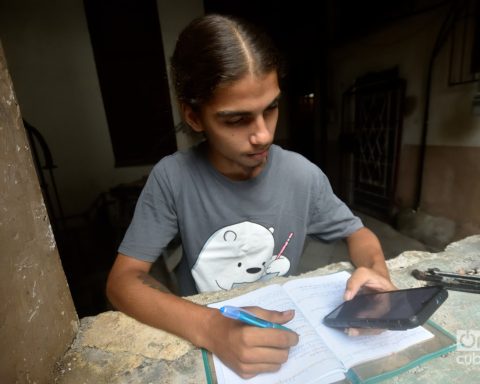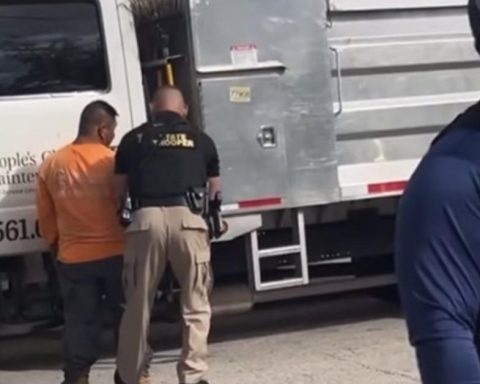The United States Agency for International Development (USAID) has been creating a series of programs to promote sustainable agriculture in the country, through an inclusive market system model where the entire value chain is integrated.
(Read: Bioeconomy, option to recover industrialization in the country)
The acting director of the Agency for Colombia, Jeremiah Carew, spoke with Portafolio about the implementation of said program, which will have resources of US$51 million and where they hope to make conflict zones such as Catatumbo, Caquetá, lower Cauca and southern Bolívar productive.
How are you going to implement the program?
It is a relatively new program and is focused on promoting climate-smart practices in agriculture, which is one of the largest sources of emissions in Colombia. It has a different approach to other productive projects, because it uses an inclusive market system method.
This system means that it works with large international buyers, cooperatives and associations, in addition to producers. In this way, subsidies that cannot be sustained and interventions that come and go are avoided. We see that it will be more replicable, more sustainable and more scalable. That is why it has great potential.
(Read: Using AI will help generate profitability and productivity in agriculture)
In which regions will it be implemented?
One of the main objectives of USAID Colombia is to implement the 2016 Peace Agreement and, therefore, we focus on areas severely affected by the conflict such as Catatumbo, Caquetá, Bajo Cauca and southern Bolívar.
Agriculture
iStock
How much will be invested in this program?
It is a relatively robust program, we are going to invest US$51 million. We think of ourselves as development investors. That is why our goals are going to be for 5 years, where we expect to have US$27.5 million in incremental annual sales, not total, but cumulative, and US$30 million in leveraged investment.
That is, on our part, US$51 million, but more than that will be made in investment and sales.
(Read More: Rice farmers and the Government have approached each other to discuss the storage incentive)
You talk about substitution of illicit crops, how are you going to work through that dynamic?
In short, with a market logic. We are looking for crops that are profitable. We have identified some value chains such as coffee, cocoa, dairy, fruit and vegetables, but that is decided based on what product it is, the quality they need and where it is grown. We are not directly substituting, but we are opening markets that we think will prevent people from deciding to grow coca.
How many families can benefit?
We have a goal of 30,000 families. Those words of replicating, sustaining and scaling up are important, because since we are giving sustainable subsidies, we want people to copy, replicate, and wonder how the program is being carried out. That is the goal, but we want it to be much bigger.
(See also: Government would recognize rural areas within forest reserves: what does it mean?)

Agriculture
iStock
Who do you partner with to ensure program productivity?
There are 11 alliances that always have a large international buyer at their core. For example, we have Cafexport, which is a grain trader. They sell to Starbucks and Nespresso.
They are working with two large cooperatives and associations, and from there the cooperatives have their members who are involved in the whole process. For this reason, everyone is part of the chain from three fronts, the large buyer, the associations or cooperatives and the member producers.
(See also: ‘Our America is a power to confront the climate crisis’: Ministry of Agriculture)
How to achieve sustainable agriculture?
The philosophy is to work within systems. An example of this is dairy. There is milk production, cows and their pastures. A climate-smart intervention is to rotate pastures. The idea here is to divide it into parts, sow higher quality grass to improve milk production, let it grow without the cows stepping on it and so on, rotating.
This is a very common international practice, but it is not yet in Colombia. Doing this has many benefits, because it is a win-win situation that improves production per head of cattle and is environmentally friendly. In addition, it does not require increasing the area of pasture, so it is much more productive.
(Read More: ‘Being against agrarian reform is going against the balance of life’: Petro)

Usaid
iStock
What other projects do you have?
We have other projects involved in infrastructure, especially roads.
We also work with the program Poor People for Taxes, in fact, there are 11 projects that are underway there.
This is a great government program where the private sector invests the resources that it would have paid in taxes in infrastructure projects. Again, working within Colombian systems with the country’s resources makes the project sustainable. These are also key to overcoming some of the restrictions and reaching the markets.
(See: Solinftec expects to deploy 20 agricultural robots in Latin America by 2025)
What other types of investments do you make in Colombia?
We have broad support. I was in San Andrés and Providencia because we have a renewable energy project that is very important. It is the first time that we are going to have a large-scale battery in a solar energy system. For this we are working with Ecopetrol and an electricity distribution company. We hope to inaugurate it between December and January.
We have other projects with the Government in Community Roads for Total Peace, which is related to road infrastructure. In addition, we support the ethnic chapter together with the vice president’s office, helping to create a plan, calling on other donors and trying to inject it into the different sectors.
And one of the most interesting is the National Land Agency, which is a voluntary coca crop substitution program called Nuestra Tierra Próspera. A title is offered for eradication, on the condition that said eradication is voluntary.
(Read also: The Comptroller’s Office’s findings in auditing the National Land Agency)

Agriculture
iStock
How much resources have been allocated to Colombia this year?
Our Congress in Washington allocates resources for Colombia and we design the programs and strategies to implement them. They are over US$200 million.
(See: 16% increase in production in the first half of the year reinforces improvement in coffee growing)
How are relations with Colombia?
We have very strong cooperation. In all of the above, we have valuable partners, such as the Government, the private sector and civil society. We work with local systems and this programme is no different.
